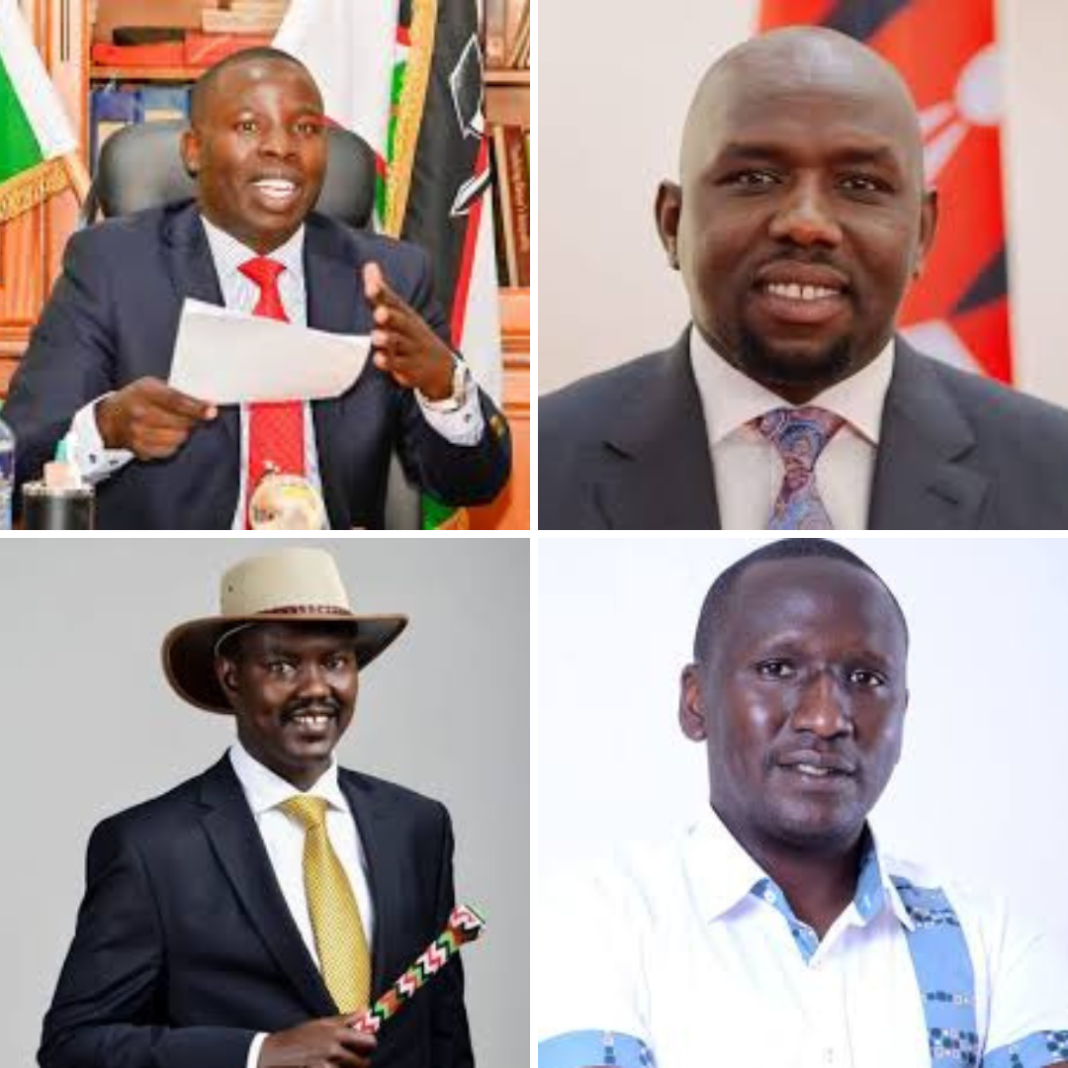By Remmy Butia
In the intricate tapestry of Kenyan politics, the 2022 general elections brought to light a fascinating interplay of loyalty, strategy, and historical alliances.
One of the most notable outcomes was the re-election of Ndindi Nyoro as the Member of Parliament for Kiharu Constituency.
Nyoro, a staunch supporter of President William Ruto, rode on the wave of the United Democratic Alliance (UDA) party’s popularity in the Mount Kenya region.
However, his victory and the overwhelming support for UDA in Kiharu and beyond cannot be fully understood without acknowledging the role of former President Uhuru Kenyatta and the political debt of “Kumi Yangu, Kumi Ya Ruto.”
The Rise of Ndindi Nyoro
Ndindi Nyoro, a young and dynamic politician, has steadily risen through the ranks of Kenyan politics. His re-election in 2022 was a testament to his growing influence in Kiharu and his alignment with William Ruto’s bottom-up economic model.
Nyoro’s campaign resonated with many voters who saw in him a representative of the younger generation, ready to champion their interests in the national arena.
However, his success was not solely a result of his personal appeal or political acumen.
The Role of William Ruto
William Ruto’s influence in the Mount Kenya region cannot be overstated.
Despite being from the Rift Valley, Ruto forged a strong political alliance with the Kikuyu community, the dominant ethnic group in Mount Kenya.
This alliance was crucial in the 2022 elections, as it helped Ruto secure the presidency and, by extension, bolstered the campaigns of UDA-affiliated candidates like Ndindi Nyoro.
Ruto’s message of economic empowerment and his promise to uplift the “hustlers” struck a chord with many voters in Kiharu and the wider Mount Kenya region.
Nyoro, as a close ally of Ruto, benefited from this wave of support.
His victory was, in many ways, a reflection of the broader political shift in the region, where voters were willing to break from traditional loyalties to support Ruto’s vision.
The Debt of “Kumi Yangu, Kumi Ya Ruto”
However, the story of Ndindi Nyoro’s success and the UDA wave in Mount Kenya is incomplete without mentioning the role of former President Uhuru Kenyatta.
The phrase “Kumi Yangu, Kumi Ya Ruto” (My Ten, Ruto’s Ten) became a rallying cry during the elections. It referred to the political debt that many Kikuyu voters felt they owed to Ruto for his loyalty to Uhuru Kenyatta during the latter’s presidency.
During the 2013 and 2017 elections, Ruto stood firmly by Uhuru’s side, even when it was politically expedient to do otherwise.
This loyalty created a sense of indebtedness among the Kikuyu electorate, who felt that it was now their turn to support Ruto in his presidential bid.
This sentiment was powerful in Kiharu, where voters overwhelmingly supported UDA candidates, including Ndindi Nyoro.
Gratitude to UDA and Uhuru Kenyatta
In light of this, Ndindi Nyoro and other UDA leaders in Mount Kenya owe a debt of gratitude not only to William Ruto but also to Uhuru Kenyatta.
It was Uhuru’s earlier alliance with Ruto that laid the groundwork for the political realignment that ultimately benefited UDA in the 2022 elections.
The “Kumi Yangu, Kumi Ya Ruto” ethos was a powerful force that drove many Kikuyu voters to repay their perceived debt by voting for Ruto and his allies.
Moreover, Nyoro should be grateful to the UDA party for providing a platform that aligned with the aspirations of his constituents.
The party’s focus on economic empowerment and its ability to mobilize support across ethnic lines were crucial factors in Nyoro’s re-election.
UDA’s success in Kiharu and other parts of Mount Kenya was a collective effort, driven by a shared vision and a sense of political reciprocity.
Ndindi Nyoro’s re-election as the MP for Kiharu is a testament to the complex and dynamic nature of Kenyan politics.
While his appeal and commitment to his constituents played a significant role, his victory was also shaped by broader political forces.
The alliance between William Ruto and Uhuru Kenyatta, encapsulated in the phrase “Kumi Yangu, Kumi Ya Ruto,” created a sense of indebtedness that influenced the voting patterns in Kiharu and beyond.
As Ndindi Nyoro continues to serve his constituents, he should remain mindful of the political debt that contributed to his success.
Gratitude to the UDA party and an acknowledgment of the role played by Uhuru Kenyatta in shaping the political landscape are essential.
In the ever-evolving world of Kenyan politics, understanding and appreciating these dynamics will be crucial for Nyoro and other leaders as they navigate the challenges and opportunities that lie ahead.




